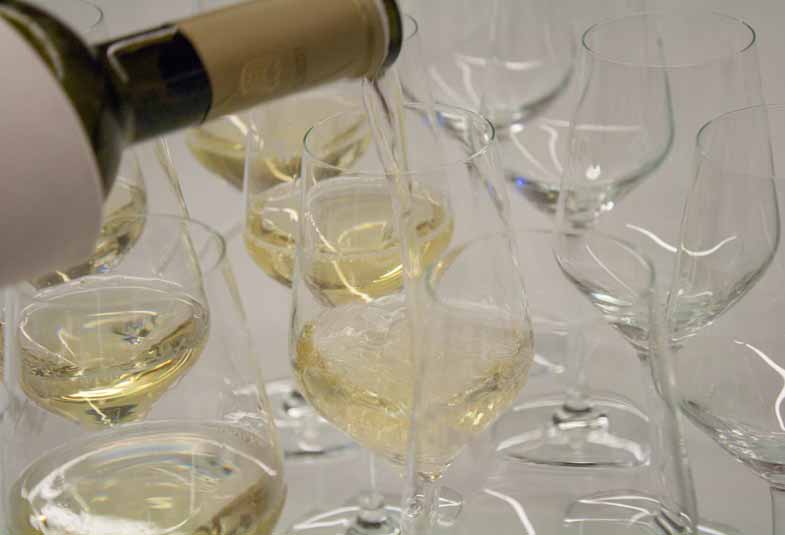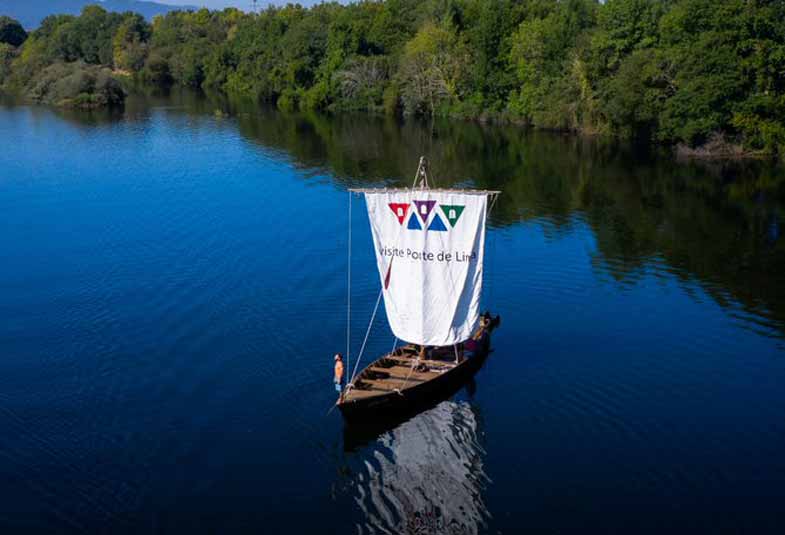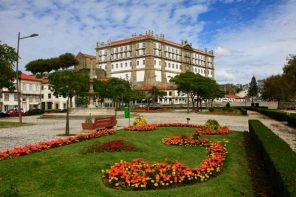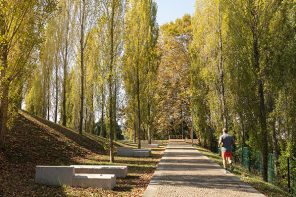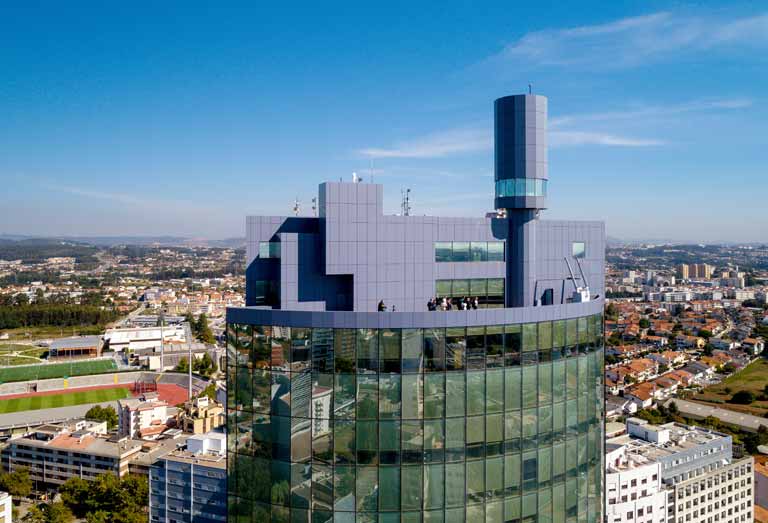PORTUGAL’S OLDEST VILLAGE, ALSO KNOWN AS PORTUGAL’S GARDEN VILLAGE, IS A REFERENCE IN THE PORTUGUESE CULINARY FIELD, AS WELL AS FOR ITS EXCELLENT VINHO VERDE, ‘GREEN’ WINE.
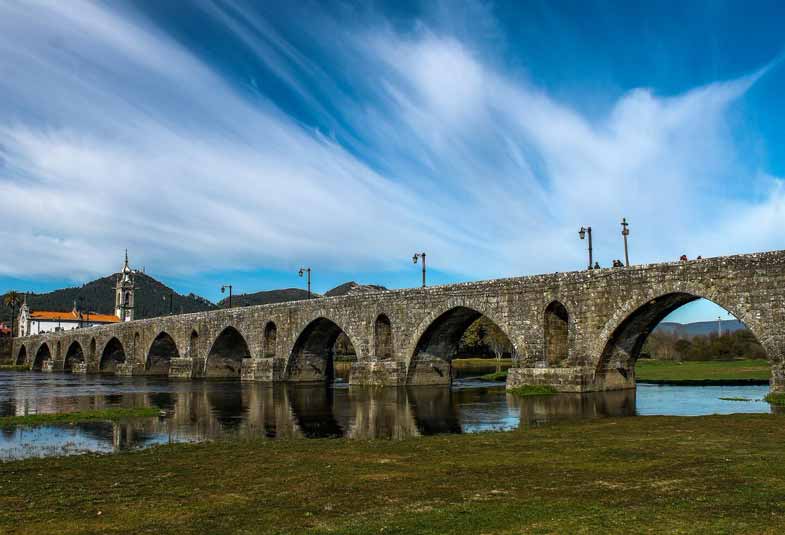
Ponte de Lima is located in the Upper Minho and has an excellent geographic position – near two major airports, Oporto and Vigo – and good road accesses.
Right in the middle of the Lima River valley, Ponte de Lima’s rustic and unique beauty hides deep roots and ancestral legends. It was in fact Queen Theresa who, in the long past date of March 4th, 1125, granted charter to the village, referring to it as Terra de Ponte (Bridge Place).
Years later, already in the 14th century, and given Ponte de Lima’s geostrategic position, King Pedro I ordered that a fortified wall be built around it. The final result was a medieval township, circled by a fortification and nine defence towers, two of which are still standing, along with many remnants of the others and of the entire defensive structure; at that time, entry to the village was done through six doors.
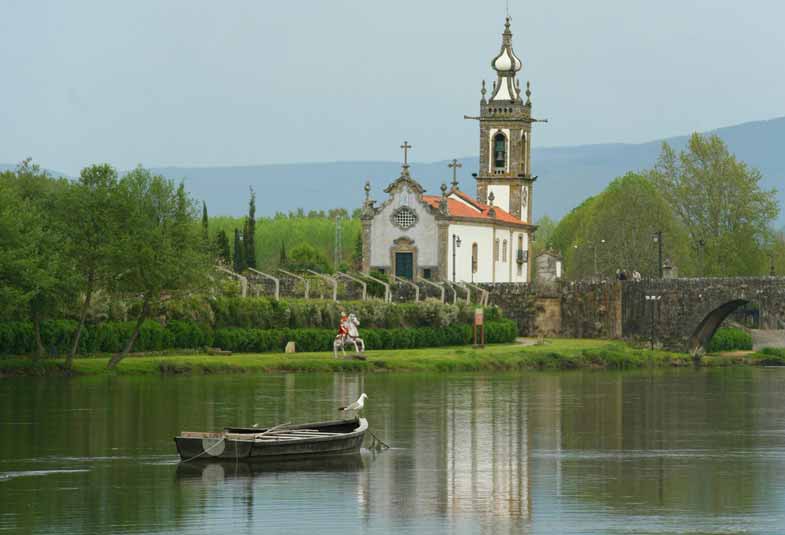
Santo António da Torre Velha Church
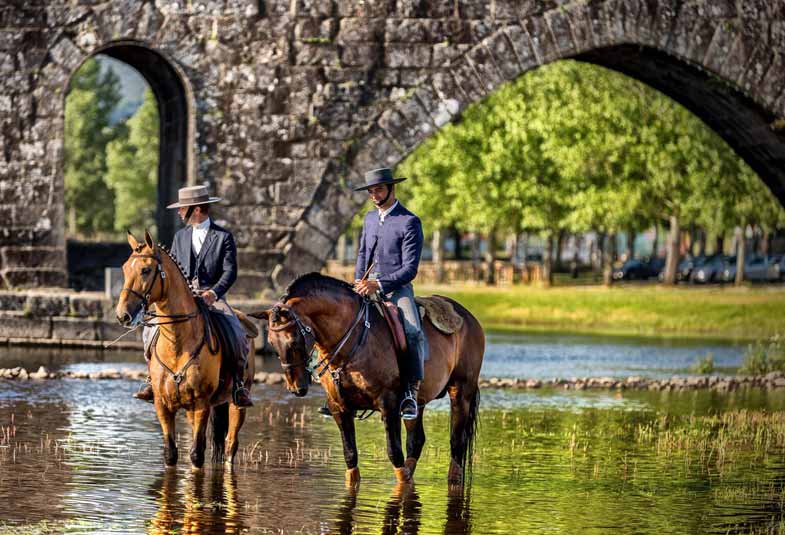
The bridge – that along with the river gave name to the site – had a very important role in all Upper Minho, given that, until the end of the Middle Ages, it was the only safe passage to cross the Lima River along most of its length. Classified as a Portuguese National Monument, it’s nowadays the town’s main attraction, and stage for visitants’ crossings, tourists’ photo opportunities and pilgrims voyaging on the Portuguese Way of St. James.
Being a land of History and many stories, Ponte de Lima is obviously also rich in culture and traditions, with an immaterial patrimony that includes the local musical folklore and impromptu duel-songs, always present in this village’s famous feasts and pilgrimages.
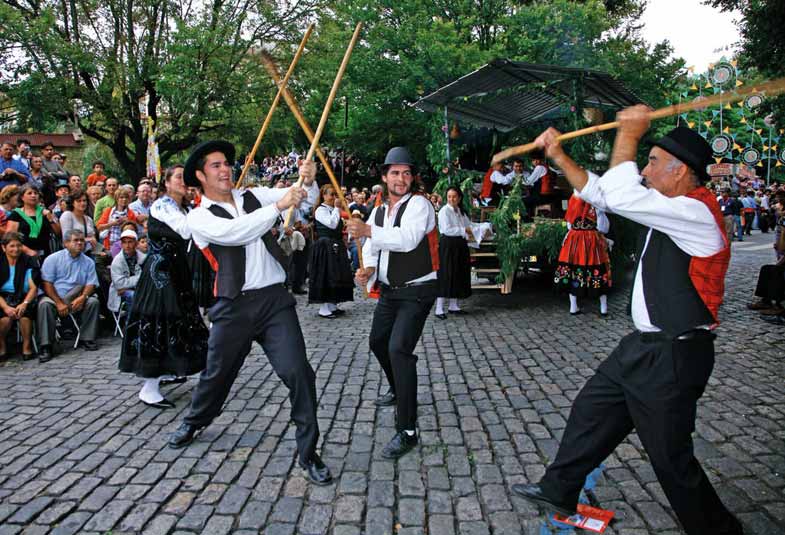
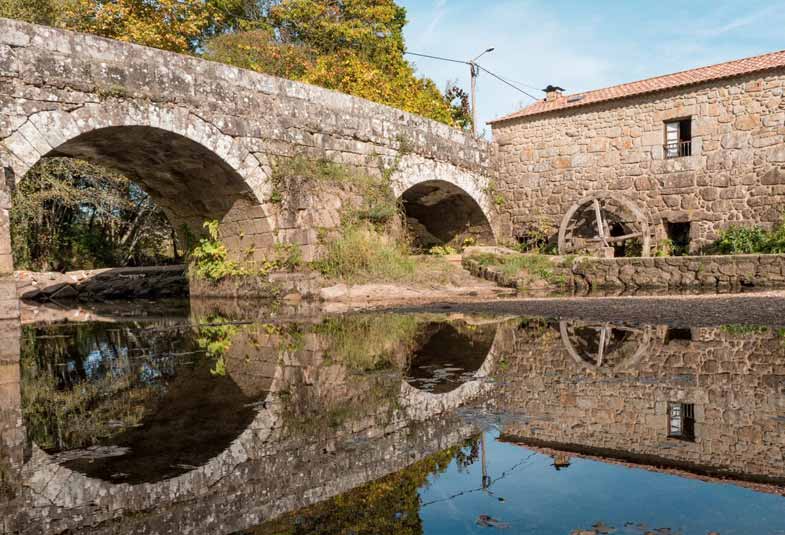
Estorãos bridge
The tasty and savoury local cuisine is best represented by the Arroz de Sarrabulho (pork meat stew with rice) served with rojões (pork loins), a dish filled with flavour and tradition. A high note for the now famous Bacalhau de Cebolada (Codfish in Onion Stew), an esteemed traditional dish, widely appreciated and sought at popular level and prepared in many of the village’s taverns and restaurants. Those with a ‘sweet tooth’ will definitely enjoy the flavour and texture of the not-to-be-missed Crème Brulé.
Located in the area of the famous, internationally known Loureiro white wines, it also produces the red vinhão variety, grown and bottled by several of this municipality’s private, local wine-makers. The distinctive quality wines obtained from this region can be easily identified for their characteristic, unique coloration and singular aroma.
Ponte de Lima is equally characterized for its expansive natural and environmental qualities and features. Nature Tourism, together with the Nautical and Equestrian Tourism varieties, has been conquering many adepts and it’s presently a variation sought by many visitors. The various activities and experiences proposed from a very diversified offer, go from canoe rides to trekking trips, exploration of bike paths (ecovias), and horse-back rides through nature.
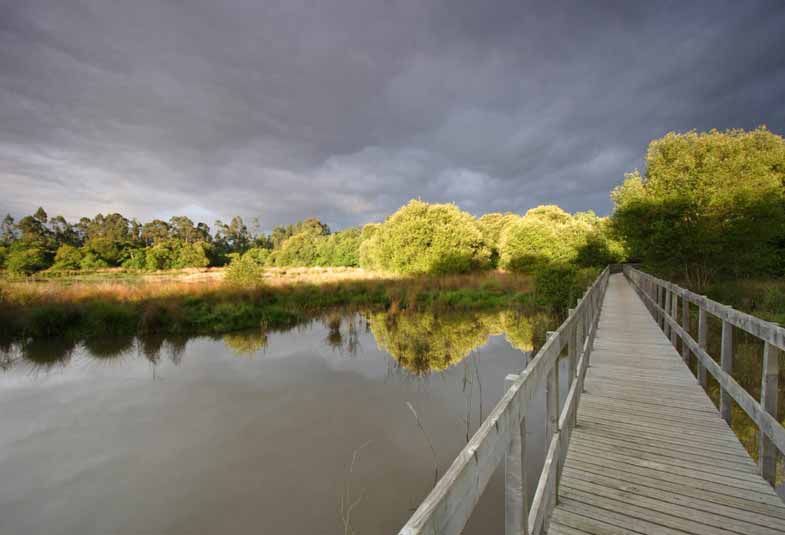
Bertiandos and S. Pedro d’Arcos
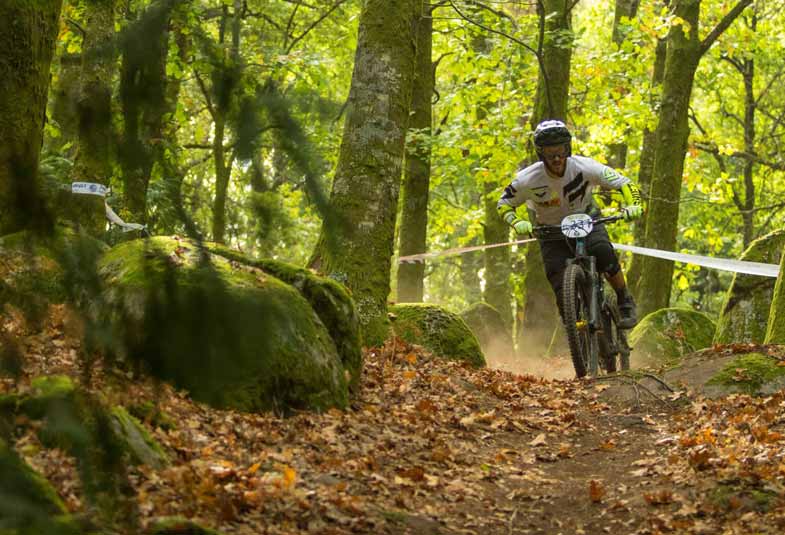
Cradle of a long ancestral heritage, Ponte de Lima is home to the largest number of baroque-styled manor houses in Portugal, many of them operating as Rural Tourism facilities and proposing excellent Wine Tourism experiences; direct contact with the local traditions and participation in the daily activities of Ponte de Lima’s population, engaged in their purest form of rural life, is assured.
